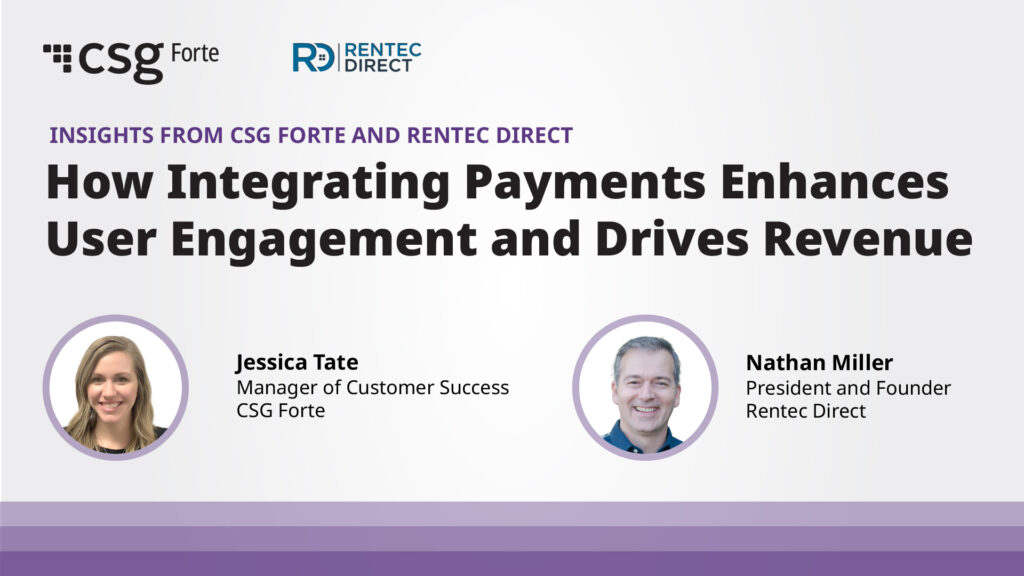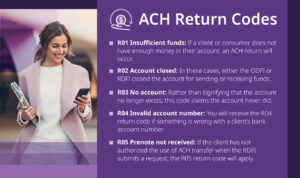The 5 Payment Fraud Monsters: Simple Defenses and How Smart Tech Can Protect You
The front doors are decorated, cobwebs draped just so, porch light on. From the sidewalk, your payments house looks festive and fine, ready to greet the spooks and ghouls when they come knocking.
But open the door and—yikes! Your business is like a well-decorated haunted house—inviting from the outside, but vulnerable to lurking dangers within. Fraudsters knock on your door as if they’re seeking treats, meanwhile tricking (no treat) your platform, sneaking in and turning Halloween fun into freaky horrors if you’re not in tune with the warning signs.
And when that happens, the real fright isn’t a jump scare; it’s the slow, compounding cost of doing nothing to protect your business.
The good news: you don’t need garlic, silver bullets or a room full of fraud analysts to make progress. A handful of pragmatic controls—turned on, tuned up and measured—can calm the chaos before it becomes a budget-eating monster.
The real horror: Inaction will cost you gravely
Fraud doesn’t take a holiday. When “just a little” card-not-present fraud invades your system, you can end up paying a lot more than you expected via billed authorization fees on doomed attempts, operational time answering tickets, chargeback losses and representment work, plus the invisible cost of turning away good customers when rules get over-tight after a spike.
Worse, once attackers find a soft door, they come back with friends. In other words: if you don’t have a clear “Monsters Not Welcome” sign hung and the doors securely locked, your system could be infiltrated before you even know the monsters are there.
The Halloween spike (and the morning after)
October through January is peak distraction: higher traffic and increased shopper activity create the perfect storm for fraudsters to exploit vulnerabilities. Card testing bots take advantage of the increased cover noise to stage account takeovers (harvested passwords work just fine on bill-pay portals) and abuse refund policies that are already stretched like taffy.
Then comes the January 1 reality check: disputes pile up, approval rates wobble and teams spend weeks mopping instead of supporting their clients. The trick is getting ahead of it—now.
The 5 monsters and how to keep them at bay
- Card testing (bots & scripts): Tell-tale signs: sudden bursts of tiny authorizations from many cards, same device/browser fingerprint, weird IP clusters.
Stake through the heart: Enable velocity limits per IP/device/card, BIN throttling, bot filtering and AVS/CVV checks that cool suspicious bursts. - Credential stuffing & account takeover: Think skeleton keys for login pages. Reused passwords + high-value bill-pay accounts = easy pickings.
Counter-spell: Enable multi-factor authentication or opt for one-time password access when available; add device fingerprinting when risk is high, login throttling and watchlists for unusual behavior. - First-party Misuse (“friendly fraud”): The cardholder is real—but the chargeback reason isn’t. Subscriptions and recurring billing are common targets.
Ghost hunter: Set up clear descriptors, reminder emails/SMS, solid receipts and dispute playbooks with evidence packs. (You don’t win what you can’t document.) - Refund & return abuse: Policy gaps turn into open graves.
Fix it; don’t forget it: Require consistent refund inputs, track serial returners and align customer service scripts with policy (no accidental loopholes). - ACH returns & NSF loops: It’s not fangs; it’s friction—in the form of fees, staff time and annoyed customers.
Risk remedy: Get return monitoring, smart re-debit rules and payment plan options that reduce surprises.
An in-house hardening plan
Before you step into the payments graveyard, make sure you’re packing the right gear to close the door on monsters. Here’s your checklist to safeguard your business from horrors lurking in every transaction.
- Shut the doors: Turn on velocity limits everywhere you accept payments—web, mobile and text-to-pay. Add BIN/IP throttles. Confirm AVS/CVV enforcement.
- Turn on the lights: Instrument your funnel so you can see: approval rate, decline reasons, chargeback codes and ACH return codes. Create alerts for abnormal spikes (declines, AVS mismatches, refund volume).
- Prove the customer (selectively): Apply an authorization + capture approach when risk is elevated—not on everything. Use issuer-friendly data like network tokens to raise approvals while keeping checkout smooth.
- Stop the leaks: Enable Account Updater for recurring portfolios to prevent passive churn and risky retries. Stand up your dispute playbooks and track win rate like a KPI, not an afterthought.
Don’t witch-hunt the good customers
Over-blocking is its own monster. Blanket rules can repel fraud and revenue. Instead, layer your checks: let low-risk customers glide, step-up medium-risk customers and block the obvious ghouls.
When the monsters get smarter, it’s time to call in backup
The hardening plan are your garlic, but there’s no silver bullet. That’s why implementing simple, high-impact defenses to stop everyday ghouls at the gate are more important than ever. But as fraudsters evolve, so do their tricks. Scripted attacks turn into adaptive bots, synthetic identities mimic real customers and human fraud rings mask their intentions well enough to sneak past.
It might be time to consider a fraud detection platform, which analyzes big data with AI/machine learning, using advanced rulesets to spot subtle, emerging fraud patterns that less-dynamic systems can’t see. A strong platform can:
- Cover multiple payment methods, channels and fraud vectors
- Adapt to your specific business risks and industry needs
- Elevate suspicious transactions in real time, allowing teams to promptly review flagged items
- Filter and allow the legitimate transactions
- Learn and adapt in real time
Two quick wins before the candy’s gone
- Turn on Account Updater and tokens for your recurring or invoice-based portfolios. That’s instant stability for approvals and fewer awkward “your card didn’t go through” moments.
- Add velocity limits and bot filtering on your most exposed endpoints. You’ll blunt card testing without clobbering good traffic.
Ready to de-spook your payments?
CSG Forte can help you implement simple defenses now, and plan for more robust protection tomorrow. Every day, the haunted maze of fraudsters learn more tricks, increasing the dangers and making goblins even more difficult to see.
Let’s do a fast risk review and make sure the only scares this season are the intentional ones. Get in touch today to talk to a payments risk expert.













